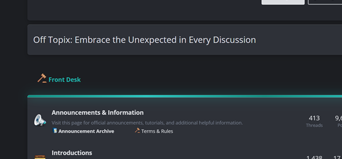- Thread Author
- #11
Exactly. I can’t wait until the day that Google lays the ban hammer on the sites that uses them and deindexes them for breaking their spam guidelines.It becomes rather obvious when you get a reply as fast as it takes your post to render for you.

Spam Policies for Google Web Search | Google Search Central | Documentation | Google for Developers
The spam policies detail the behaviors and tactics that can lead to a page or an entire site being ranked lower or completely omitted from Google Search.
Scaled content abuse is when many pages are generated for the primary purpose of manipulating search rankings and not helping users. This abusive practice is typically focused on creating large amounts of unoriginal content that provides little to no value to users, no matter how it's created.
Examples of scaled content abuse include, but are not limited to:
- Using generative AI tools or other similar tools to generate many pages without adding value for users
- Scraping feeds, search results, or other content to generate many pages (including through automated transformations like synonymizing, translating, or other obfuscation techniques), where little value is provided to users
- Stitching or combining content from different web pages without adding value
- Creating multiple sites with the intent of hiding the scaled nature of the content
- Creating many pages where the content makes little or no sense to a reader but contains search keywords


